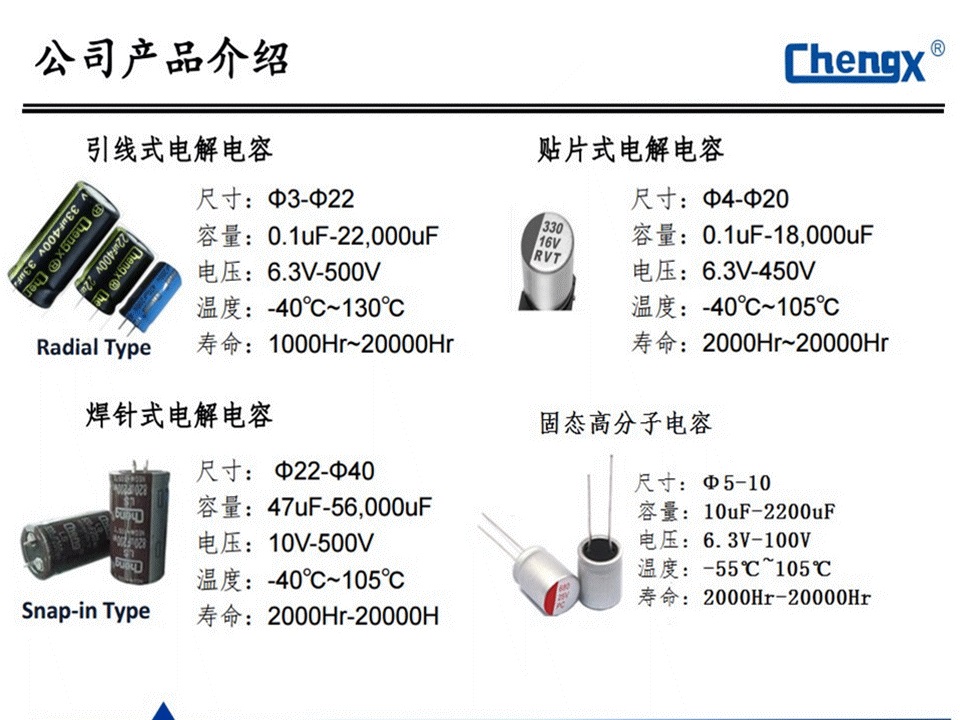Release Time:2021-03-23 Popularity:
Basic knowledge of capacitors
Capacitors are one of three passive devices that coexist with resistors and coils. Capacitors are not only used in electrical or electronic circuits, but also circuits that do not have capacitors can not work properly. The same is true for cutting-edge devices such as smartphones and IoT devices, servers and networks, and wireless communication systems. In addition, the performance of capacitors will also affect the performance indicators of various electronic devices, and has become a very important component.

The basic structure of a capacitor
In short, a capacitor is a component that stores electrical energy and discharges it when necessary. Compared with batteries, the energy chelating current that can be stored is relatively small, so the current can only be provided for a short time when the current is unloaded, but it can also be charged and discharged again and again.
This article gives the schematic diagram and circuit block diagram of the capacitor. The capacitor includes an insulator, which is placed in parallel between the metal plate and the electrode. If a DC voltage is applied between the metal plate electrodes, electric charges can be accumulated. This is how the capacitor stores electrical energy. The amount of charge accumulated is called electrostatic capacitance, which is the thickness of the insulator
The capacitance C can be increased by increasing the epsilon of the dielectric constant, increasing the electrode surface area S and reducing the thickness d of the thin insulator.
The basic use of capacitors
The capacitor has the following characteristics, that is, it can be charged and discharged instantaneously. Direct current will not pass, but exchanges will pass; the higher the frequency, the easier the communication will pass. The application of these characteristics in the circuit.